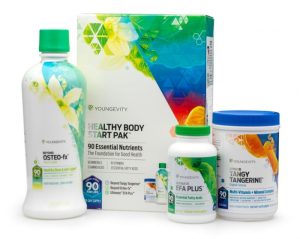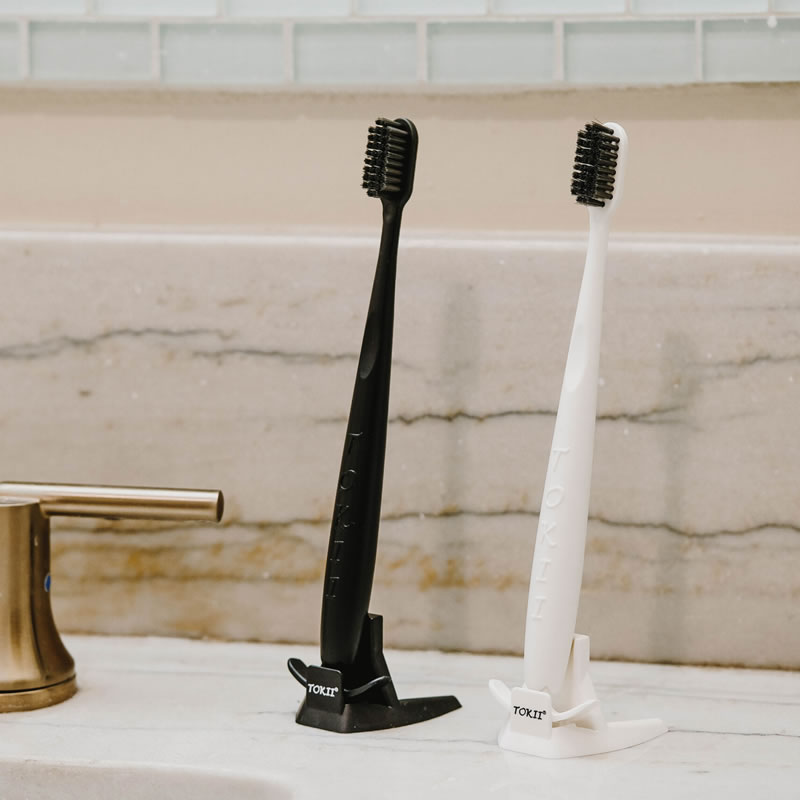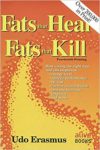By Ben Fuchs | Pharmacist Ben
One of the healthiest lifestyle strategies is easy and won’t cost you anything. In fact you’ll probably end up making money in the long run. I’m talking about intermittent fasting (IF), a healthy idea that has been practiced for thousands of years. Intermittent fasting turns on genes that stimulate growth, repair, and anti-aging, especially in combination with exercise. If done correctly it can help keep the body in fat burning mode. And, it’s got important effects on stimulating motivation , drive, and brain power. After all, when someone is young and ambitious we often say that they are…. ”hungry”.
 In a famous experiment in the 1940’s, scientists from the University of Chicago showed that they could increase the lifespans of animals by up to 20 percent simply by denying them food every 3rd day. And in a review by that published in 2007 in the American Journal of Clinical Nutrition, researchers from U C Berkeley found that alternate day fasting could save lives by decreasing risks for heart disease, cancer, and diabetes, the three leading causes of death in the United States. Moreover, they found that it is important for the nervous system and the brain, improving cognitive function and providing protection from Alzheimer’s Disease and Parkinson’s Disease, too.
In a famous experiment in the 1940’s, scientists from the University of Chicago showed that they could increase the lifespans of animals by up to 20 percent simply by denying them food every 3rd day. And in a review by that published in 2007 in the American Journal of Clinical Nutrition, researchers from U C Berkeley found that alternate day fasting could save lives by decreasing risks for heart disease, cancer, and diabetes, the three leading causes of death in the United States. Moreover, they found that it is important for the nervous system and the brain, improving cognitive function and providing protection from Alzheimer’s Disease and Parkinson’s Disease, too.
And there’s an important insulin connection to the benefits of fasting. Insulin is a type of “master” hormone, in the sense that it upregulates many different cell activities; and it affects every single cell. The prime stimulus for insulin secretion is food. When we eat any carbs or protein, cells get drenched in insulin. And, in addition to feeding cells, insulin tells cells to divide and grow. Insulin turns on cellular activates. Biochemists call that up-regulation. While that’s important, it’s helpful only in the right context. If we’re not lifting weights and we’re not building muscle, exercising, etc., if we live the typical American sedentary lifestyle, this up regulation is not necessarily a good thing. Elevated blood fats, hypertension, skin problems like acne, psoriasis, cysts, growths and endometriosis are all possibilities if cells are stuck in overdrive from too much exposure to insulin.
Even worse, if we’re constantly eating and insulin is constantly being secreted, eventually cells become immune to insulin’s effects on cell nourishment and feeding. Unfortunately, you’ll still have enough insulin around to stimulate cell growth and division, and upregulate activates. Except now cells will be upregulated in a state of starvation that’s VERY, VERY BAD!! This unfortunate insulin issue is behind every single chronic degenerative disease you can name. Doctors call the various breakdowns in the body that are associated with dysfunctional messed up insulin Metabolic Syndrome, which means basically everything or anything can go wrong. High blood pressure, elevated blood fats and cholesterol, heart disease, cognitive breakdown, etc., eye diseases, and osteoporosis are all examples of Metabolic Syndrome symptoms that can be traced back to elevated insulin secretion.
Of course using nutrients to potentize insulin is always a good idea. Vitamins like niacin, thiamine, Vitamin A, and minerals like chromium, vanadium, and zinc can be helpful. And, you want to make sure you’re getting some regular exercise, too. But there is no quicker way to get insulin back in line and to improve longevity, increase muscle growth and generally slow down the aging process, than to reduce caloric intake and make it habit to fast once or twice a month.



 Healthy cells become cancer cells as a survival mechanism in response to long-term deprivation of oxygen and energizing nutrients which leads to an inability to produce energy AND eliminate toxins. The net result is a starved, suffocated, and toxic cell and ultimately multiple cells, then tissues and organs. The hallmark signs of a cell gone cancerous, i.e. rapid chaotic growth/division and the greedy utilization of sugar and nutrients, represent a cell’s desperate attempt to survive under conditions of toxicity, nutrient deficiency and oxygen deprivation.
Healthy cells become cancer cells as a survival mechanism in response to long-term deprivation of oxygen and energizing nutrients which leads to an inability to produce energy AND eliminate toxins. The net result is a starved, suffocated, and toxic cell and ultimately multiple cells, then tissues and organs. The hallmark signs of a cell gone cancerous, i.e. rapid chaotic growth/division and the greedy utilization of sugar and nutrients, represent a cell’s desperate attempt to survive under conditions of toxicity, nutrient deficiency and oxygen deprivation.
 The researchers, from the Department of Nutrition at Loma Linda University found that participants who added half an avocado to their lunch reported a significantly decreased desire to eat by 40 percent over a three hour period and 28 percent over a five hour period compared to their desire to eat after a standard, non-avocado-containing lunch. Even more significantly, their satisfaction was long lasting. Three hours after eating participants reported increased satisfaction by 26 percent. And the avocados didn’t throw off blood sugar. According to Dr. Joan Sabat who led the research team “…there was no increase in blood sugar levels beyond what was observed after eating the standard lunch”.
The researchers, from the Department of Nutrition at Loma Linda University found that participants who added half an avocado to their lunch reported a significantly decreased desire to eat by 40 percent over a three hour period and 28 percent over a five hour period compared to their desire to eat after a standard, non-avocado-containing lunch. Even more significantly, their satisfaction was long lasting. Three hours after eating participants reported increased satisfaction by 26 percent. And the avocados didn’t throw off blood sugar. According to Dr. Joan Sabat who led the research team “…there was no increase in blood sugar levels beyond what was observed after eating the standard lunch”.







